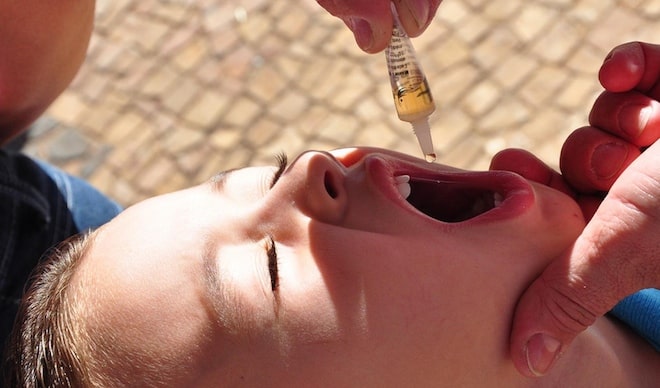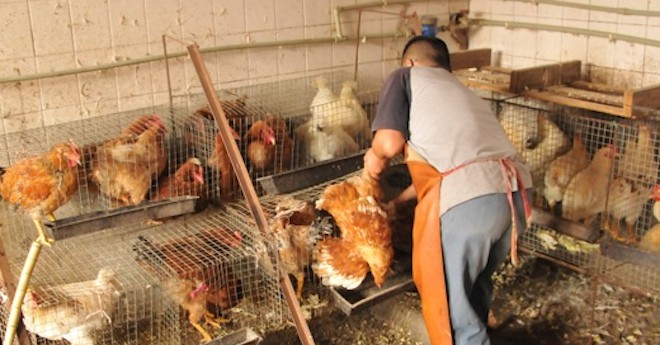
Image: André Luiz D. Takahashi (CC), Flickr
In a move that is simultaneously discouraging, urgent and deeply unusual, the World Health Organization has declared that the resurgence of polio is a “public health emergency of international concern.” It’s an extraordinary statement, coming less than four months after India — once considered a place where polio might never be vanquished — was declared polio-free after three years without a new case.
That achievement left only Afghanistan, Nigeria and Pakistan as countries where the chain of polio transmission had never been broken. But as the virus persists in those countries, it is also moving out across their borders. Seven other nations that previously had beaten polio — Cameroon, Equatorial Guinea, Ethiopia, Iraq, Israel, Somalia and Syria — have now been reinfected, and the virus is spreading in communities there.
If the continued existence of polio is news to you, you’re not alone. It’s a largely forgotten disease in the industrialized West; the last United States case occurred in 1979. The WHO, the Centers for Disease Control and Prevention, the fraternal organization Rotary International and a raft of partners have been pressing an international and very expensive eradication campaign since 1988. Every time the world has gotten close, though, polio has flared up again. The WHO once thought it would be able to declare the disease eradicated in 2000; then it set 2005 as a target; then 2008; 2012; 2015; and now, a hoped-for 2018. (Here’s my archive of posts.)
But the past couple of months have thrown even that into doubt. The trigger for the WHO’s action was the discovery that there have been 74 cases of polio so far this year. That seems like a low number, but there were only 417 in all of 2013. And, crucially, winter is considered polio’s “low season” — so for polio to be spreading now rings an alarm bell for the warmer, wetter months when it usually spreads faster and further.









